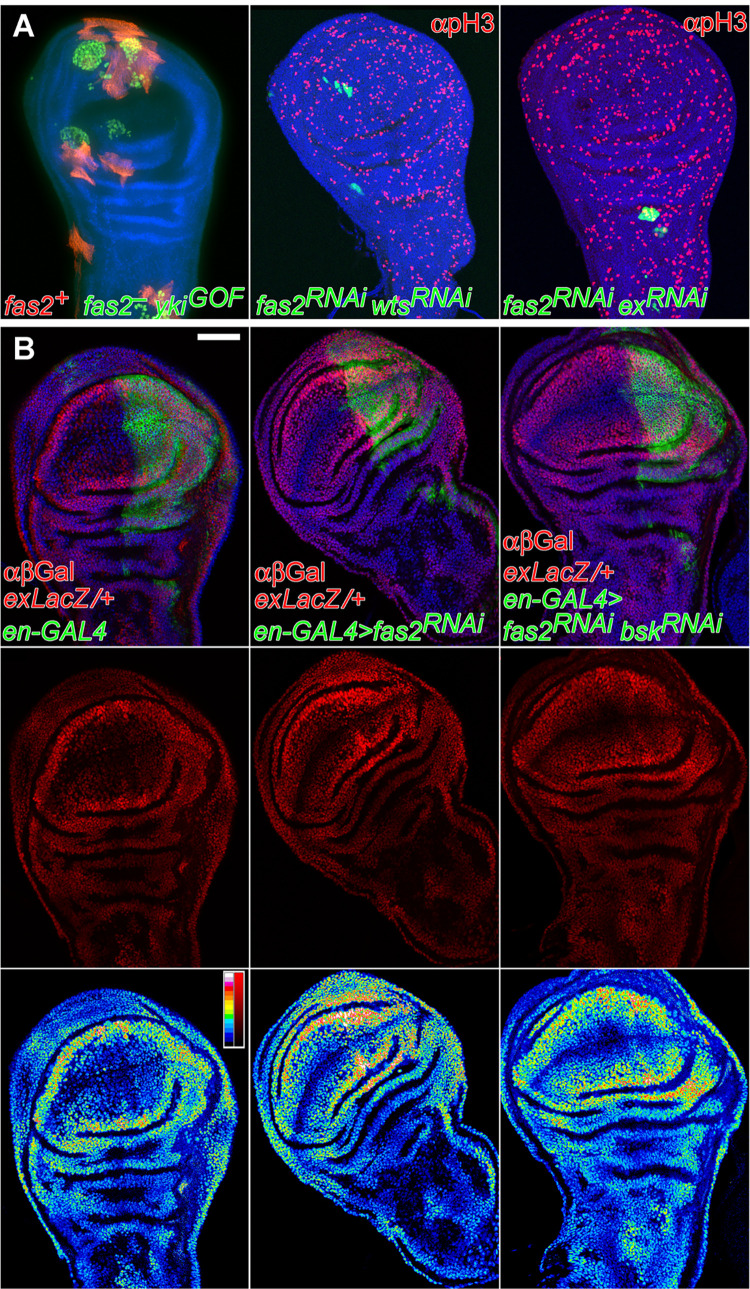Fig 6. The Hippo pathway indirectly interacts with Fas2 during imaginal disc growth.
(A) Left, rescue of the fas2—clone phenotype by Yki over-expression. Coupled-MARCM fas2eB112 clones over-expressing Yki (fas2eB112; UAS-yki/+, labeled with GFP) and their fas2+ control twins (labeled with mtdTomato) in the wing disc. Middle and right panels, inhibition of Wts or Ex expression does not modify the loss of growth in Fas2-deficient cell clones. Middle, 2nd instar larva UAS-fas2RNAi#34084 UAS-wtsRNAi#37023 FLP-OUT clones (labeled with GFP). Right, 1st instar larva UAS-fas2RNAi#34084 UAS-exRNAi#34968 FLP-OUT clone (labeled with GFP). (B) Reduction of Fas2 function by the expression of UAS-fas2RNAi (#34084) under the control of the en-GAL4 driver causes a JNK-dependent over-expression of the ex-LacZ reporter. Left panels show a control en-GAL4/ex-LacZ wing disc. Middle panels show an en-GAL4/ex-LacZ; UAS-fas2RNAi34084/+ wing disc. Note the higher β-Gal expression in the P compartment extending into the A compartment (see bottom panels for a color coded LUT representation of β-Gal signal intensity to compare levels). Right panels show an en-GAL4/ex-LacZ; UAS-fas2RNAi34084/UAS-bskRNAi#32977. Note the reversion in the β-Gal expression from the ex-LacZ reporter caused by the inhibition of JNK (signal intensities quantified in S4 Fig). Bottom panels show a color coded LUT representation of β-Gal signal intensity to compare levels. Bar: 50 μm.

